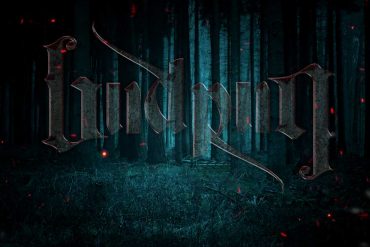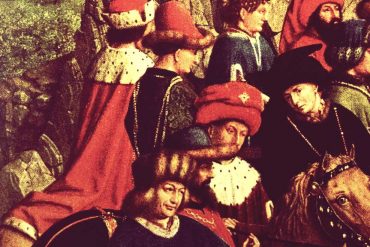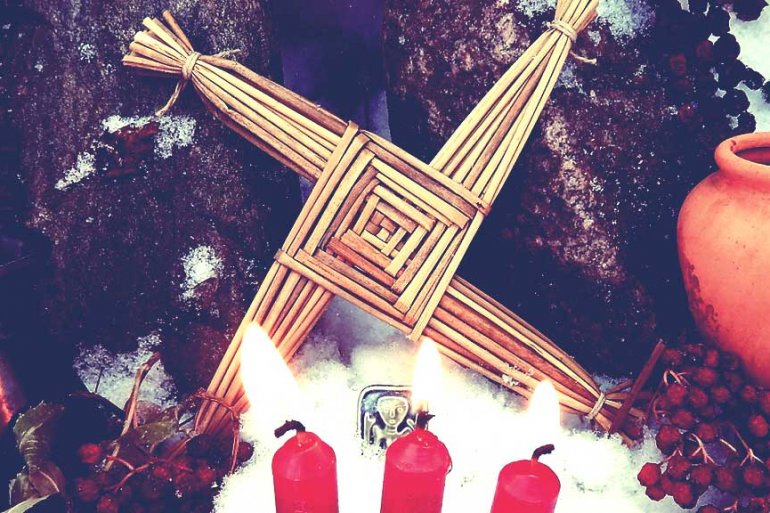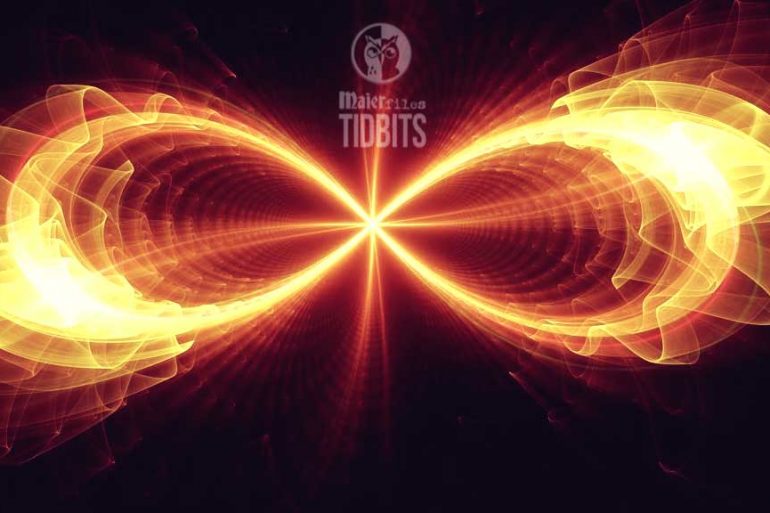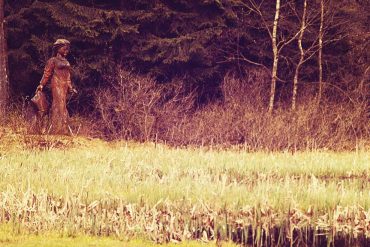Holle the goddesses and Yule. Frau Holle is connected to springs, wells and lakes, where she lives in a land on the bottom of the water. She is also connected with the fog. Holle can be seen as a bright shape drifting in the fog, and her fog maidens are “die Hollen”, who move over the land to come to the aid of women and children. Yule is a twelve day holiday, it begins on Mōdraniht “Mothers...
The German forest is immense, vast, dense, dark, and impenetrable. It is the refuge of the exiled and of outlaws. A site of lairs for terrifying and often monstrous animals. The dwelling place for brigands and marginal individuals. The woods thereby forms a natural frontier. The Bohemian Forest (or Nemus Boemicum) to the south connects with the Bavarian Forest and the Austrian Nordwald; the forest of Falster separates Denmark from Saxony and has always been...
Hella, Hel, known to all Germanic peoples, including the Goths as Hellarunester. A Gothic word for “witch” was Haljoruna. The name itself stems from a root meaning “to hide”. The word Hellirunar describes people who ‘rune’ (Speak, sing, whisper) with Hel/Helja, the goddess and realm of the underworld. “Hell”, in its original meaning is the hidden realm, the dark and foggy place where the dead and unborn dwell. Often the term is used in a sinister meaning. The bishop Wulfila […]...
Hrafn The Bird Goddess is believed to be the earliest and best-documented deity. During the Paleolithic period (Old Stone Age), carved figurines and cave paintings began to appear in a vast area that stretched from the Pyrenees of France to Lake Baikal in Siberia, just north of Mongolia. Crows are mentioned in the mythology of many cultures throughout the world and are frequently depicted as guides for traveling between the worlds. In European fables, crows...
The iconography of The Ghent Altarpiece has since a long time fascinated researchers. When it was finished in 1432, the work of art became instantly the most famous in Europe. It was the first real oil painting. Oil had been utilized to tie shades to artistic creations since the Middle Ages, however Jan van Eyck was the first to exhibit the genuine capability of oils, which permit far greater subtlety and detail than largely-opaque egg-based...
To fully grasp a Deity, you need to make an effort to understand the heritage and characteristics of the very first people to worship that Deity. Brigid the Celtic goddess Brigid originated in the pantheon of the Celtic people—the inhabitants of Ireland and the British Isles. Similar to Brigid, the history of these folks is mysterious and multifaceted. You can somewhat decipher what’s going on, but a large amount of the heritage is lost. Mysterious artifacts reveal a little […]...
There exists several variations on the tale and many poems about Rose garden legends. King Laurin and the love of the month of May are the most famous ones. The Southern Tyrol saga of King Laurin (German term: König Laurin) belongs to a well known tradition in the Dolomites. It really is a widespread interpretation or explanation of the optical phenomenon of Alpenglow, where the peak of the mountains alter their color to tones of...
We already mentioned goddess Saga (https://www.maier-files.com/what-you-didnt-know-about-saga/), now let’s meet Frigg. Frigg was one of the more widely worshipped Germanic goddesses, appearing in Scandinavia, Britain, and on the Continent. Snorri names her the foremost of the Asynjur, a group of goddesses described as being equal in holiness and authority to the male Aesir (Gylfaginning, ch. 20). Nevertheless, very little is known about her worship, and until recently she has often been overshadowed by the better-known figure...
The Hidden Wisdom in Arthur’s Grail – In the Celtic sources that are the assumed origin of the Arthurian legends, we are told that the Grail is a cauldron, a symbol both of fertility and immortality. The cauldron was a powerful religious icon of its day. As mentioned earlier in another post, it brought forth marvellous and magical feasts, revitalizing and resurrecting great and powerful armies. According to Gardiner, as he wrote in his book the Serpent Grail, it was […]...
Tidbits on the tale of Frau Holle’s kitzen. There is a mountain in Hessen, Germany called the Meissner where one still can find traces of the central German goddess Holle, Holda or Helja. It’s a place where her cult seems to have survived for a long time. There are roads going to the mountaintop and there are many hiking paths. Close to the top is the Frau Holle Teich, a small lake fed by mountain...
Laurin was probably one of the most popular poems concerning the knight called Dietrich and is attested in variety of manuscripts as well as in printed editions. It almost certainly originates in the 12th century in Tyrol, and has 4 major variations or versions. They all are written in rhyming couplets, except the Dresdner Laurin which is written in stanzas. The earliest version of the story (the so-called elder Vulgate edition (ältere Vulgatversion)) starts with...
Like in all ancient Norse myths codes and messages are hidden within. Mainstream scholars like us to believe that these myths are just simple stories to entertain or to describe natural phenomena our dumb forefathers were too ignorant to understand. But these tales are like riddles and intellectual challenges to be solved and contain real wisdom and knowledge. Ms. Jessie L. Weston, after more than thirty years of study, wrote a little book entitled From Ritual to Romance (London: Cambridge […]...


